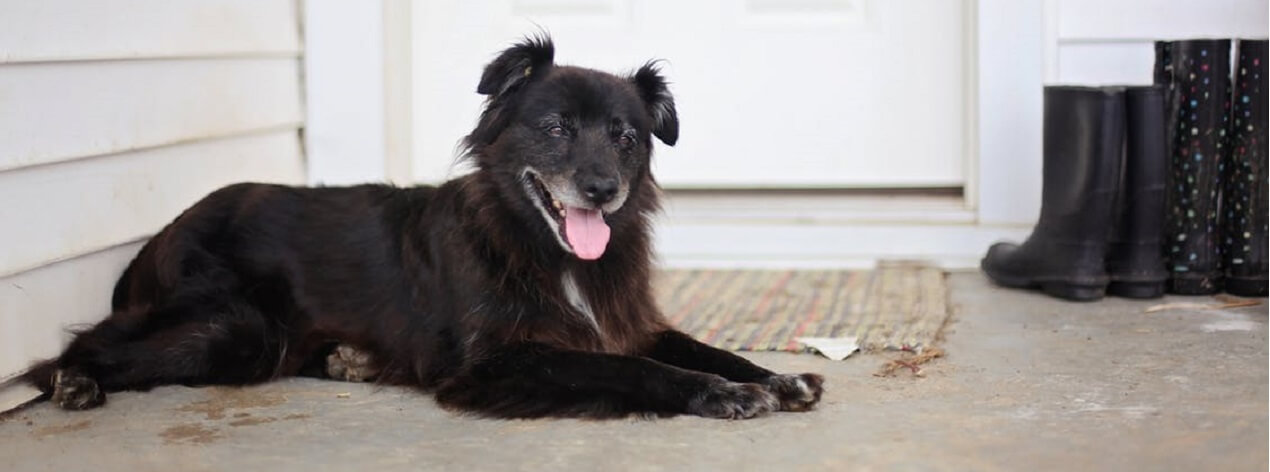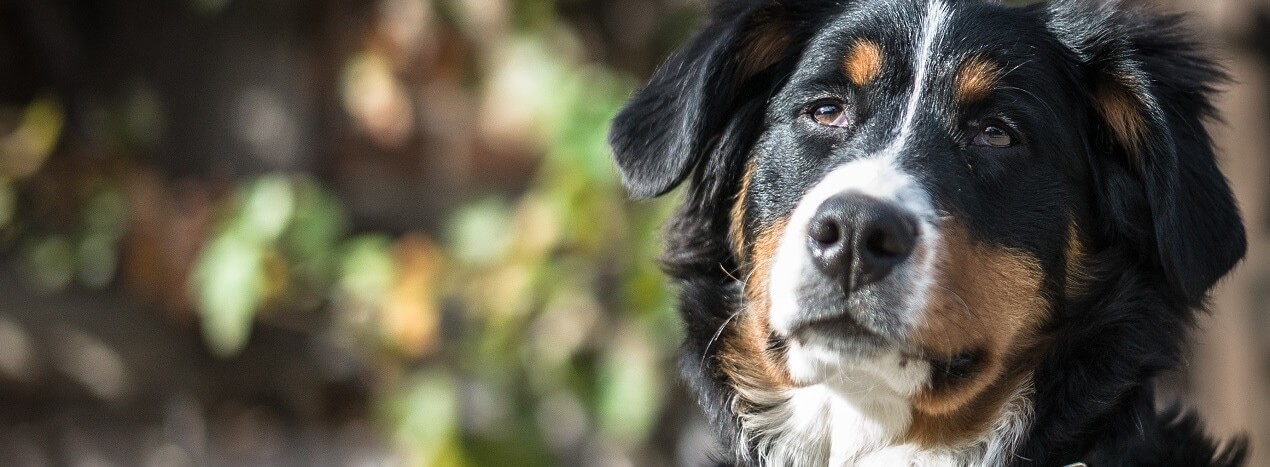Caring for a Blind Dog
This article is written by Pet Circle Veterinarian,
There are a number of common conditions that may result in reduced vision, blindness, or even the loss of an eye in our canine companions. Many may be treated or managed if caught early enough, but sometimes permanent vision loss is inevitable. If this has happened to your dog, don't despair; caring for a blind dog will require some adjustments to keep them safe and build confidence, but with bit of ingenuity you can help your blind dog live happily into old age.
Contents:
1. Keep the home environment familiar
2. Make use of sound
3. Create sensory road maps
4. Speak to your dog often
5. Dog Proofing
6. Use toys to stimulate the senses
7. Educate visitors and guests
8. Further reading
Keep the home environment familiar
Often it can be hard for owners to be sure if their dog is truly blind, especially if the vision loss has occurred gradually. This is because dogs are exceptionally good at remembering the layout of their home and will have memorised safe routes to the important landmarks, like the food and water bowl. To prevent collisions, it's best to avoid moving around furniture whenever possible and be wary of objects that may become obstacles or trip hazards for your dog.

Use sound to help your blind dog find people and other pets
Equip any other pets with a collar and bell to alert your blind dog to their whereabouts, you can also clip a bell to your belt or wrist so your dog can find you! Alternatively you can wear a specific scent to help your blind dog track you down.
Create sensory road maps
Create tactile doggy road maps between rooms by using carpet runners or by placing a differently textured mat underneath your dog's food and water bowls. Alternatively you can engage your blind dog's incredible sense of smell by using scents like vanilla or lavender to mark doorways and the location of food bowls. You can also use undesirable scents like citrus, vinegar or bitterant sprays to teach them to avoid areas where they may be at a danger of collision or falling.
So that your dog is always able to find the water bowl, consider investing in a drinking fountain. Aside from providing fresh, filtered water, the bubbling sound can help your blind dog to easily locate their water dish.
Best pet products to enhance other senses
When dogs lose their eyesight, their other sensory functions become more important to them. Check out the following products to make life easier for them.
Speak to your dog often
Speak to your dog - the sound of your voice can be very comforting to them and help them to feel connected. Teach and practice basic commands often, your most important ones will be; sit, stay, come, stop (in case of immediate danger), step up and step down.
If your dog is starting to lose his eyesight, you will need to phase out any visual commands, like hand signals or gestures, that you are currently using. Start by simply placing more emphasis on the verbal command, and over time reduce and then phase out the visual commands. This is a really useful time to start clicker training your dog if you haven't already done so.
Best training devices for blind dogs
Shop All Dog Training Products Now
Dog proof the house
Without his or her vision your dog cannot see unexpected obstacles or dangers ahead, so it is important to protect or section off potential hazards like table corners, electronics or stairs. You can use materials like bubble wrap or cushions to cover angled surfaces. Fence off any pools or ponds in the backyard and be sure to keep any potential harmful objects or obstacles out of his way. Always walk your blind dog on a dog lead around potential hazards like traffic, waterways and steep drops.
If you are worried about your blind dog while you are at work, a dog camera allows you to keep an eye on your pet remotely and some even allow you to talk to them over a speaker, or offer treats, at all hours of the day.
Best home and tech products for blind dogs
Use toys to stimulate the senses
Choose toys that make noise to make it easier for your blind dog to locate them. Toys with a variety of textures and that rattle, like crinkle toys or squeaky dog toys can provide extra stimulation for blind dogs. Scented toys are another great option.
Best toys for blind dogs
Educate visitors and guests
Visitors must be advised of your dog's condition and should not pet them without offering their hand first to sniff. Never approach them from the rear and watch children at all times around your dog. Even a dog who is exceedingly gentle can be startled and bite out of fear from being touched unexpectedly.

With some extra love and support, your blind dog can still have a wonderful quality of life. By keeping the home environment as constant as possible and engaging the senses of touch, smell and hearing you can help keep your blind dog happy and safe.
Further Reading
5 Ways to Help Your Old Dog Feel Younger
Managing Separation Anxiety in Pets
Want to know more? Check out our Discover Page for more tips from our Vet Squad on keeping your pets happy and healthy.




































